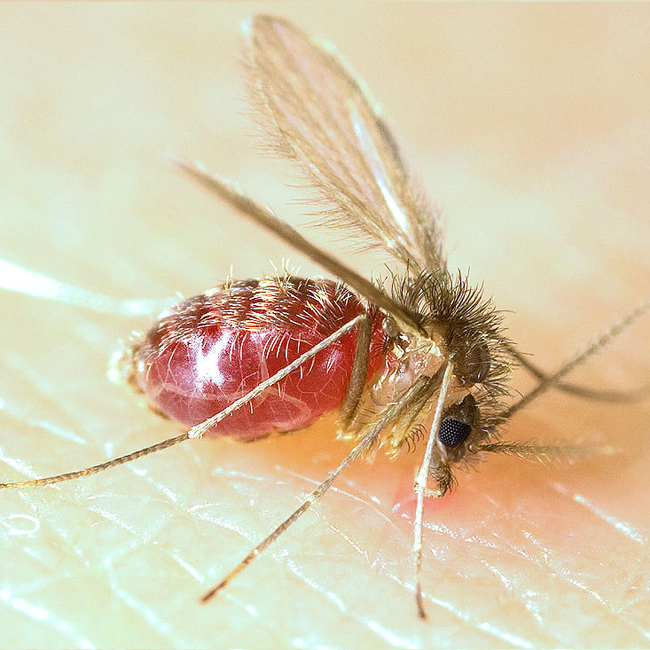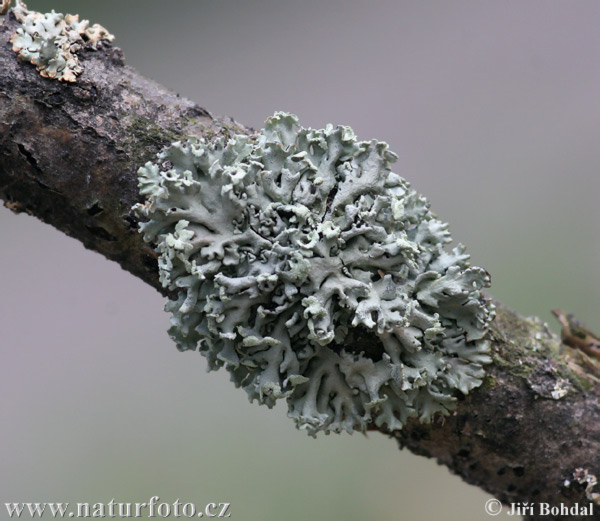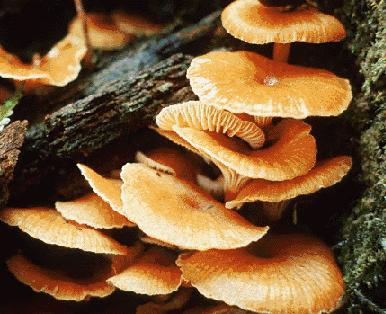The process of
synthesis of DNA molecule from preexisting dna is called dna
replication.
DNA replication may
occur by following process:
1 1.semi-conservative replication
2.conservative replication
3.dispersive replication
Enzymes
involved in semi conservative DNA replication:
Helicase- helicase enzyme breaks the hydrogen bonds formed between bases of
nucleotides
Topoisomerase- topoisomerase enzyme breaks and reseals one strand of DNA
DNA polymerase- it connects the nucleotides to form DNA polymer nucleotides. It forms RNA
primer in DNA strand which is like a knot formed o thread. Due to its formation,
newly formed DNA strands cannot separate.
Ligase- ligase binds the fragments of DNA strand together
Repair enzyme- this enzyme cuts off wrong base of nucleotide and rejoin correct base
in newly formed DNA
DNA
replication in eukaryotes may begin at
several points. in replication ,the helicase enzyme breaks the hydrogen bond
between the bases of nucleotides. due to breaking of hydrogen bonds of nucleotides,
the two strands separate. The process of separation of DNA strands also
supported by enzyme topoisomerase. This enzyme breaks and reseals one strand of
dna molecule.
Now the bases of DNA strands become exposed and joins with the
free nucleotides present in nucleoplasm only in 5’-3’ direction. This process
or formation of polynucleotide chain takes place in the presence of enzyme DNA polymerase.
The four types of nucleotides are present in nucleus in the form of datp, dgtp;
dttp and dctp.THESE molecules are triphosphates and break down into monophosphates
damp, dtmp, dcmp and dgmp with the release of energy. These monophosphates
nucleotides make hydrogen bonds with the complementary nucleotides of DNA
strand.
According
to base pairing rule the nucleotides are arranged. As DNA strand formation
occurs only in 5’-3’ direction,in on strand of DNA a continuous strand is
formed called leading strand ehereas in other strand of DNA,fragments of
strands are formed,these fragments are called okazaki fragments named after Japanese
scientist okazaki.the strand with okazaki fragments is called lagging strand.
Here,both
DNA strands take part in replication process,so they are called as templates.the
segments of strands are joined by the help of enzyme ligase.at the beginning of
strand formation, RNA primer is formed at the DNA strand and it is due to the
enzyme primase.sometime a wrong base maybe linked with the DNA nucleotide. When
it occurs,the repair enzyme replaces the
wrong base by correct base.
In the
above process,newly formed DNA have one strand of old DNA and one of new formed
polynucleotide chain. Hence the process is called as semi conservative process
of DNA replication.
It means
half of parent DNA is conserved in new formed DNA.






















